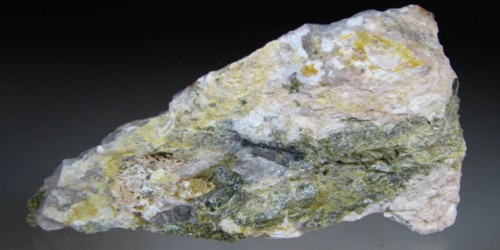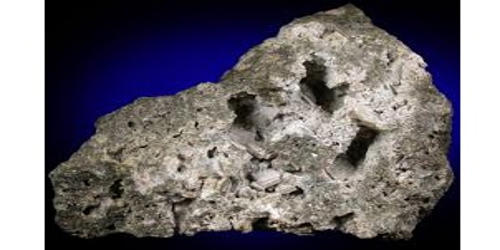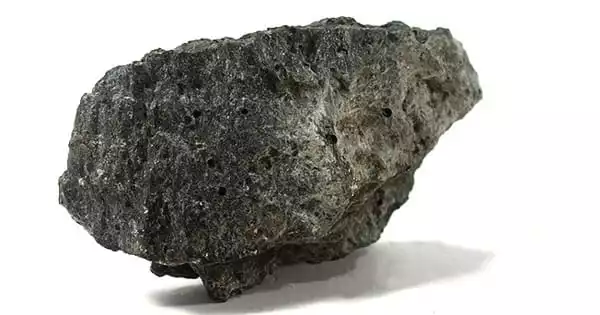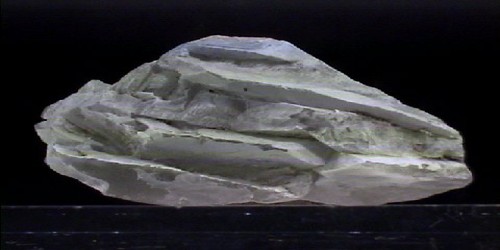Hawleyite is a rare sulfide mineral in the sphalerite group, dimorphous and easily confused with greenockite. It was discovered in 1955 in the Hector-Calumet mine, Keno-Galena Hill area, Yukon Territory and named in honor of mineralogist James Edwin Hawley (1897–1965), a professor at Queen’s University in Ontario, Canada.
Chemically, it is a cadmium sulfide, and occurs as a bright yellow coating on sphalerite or siderite in vugs, deposited by meteoric waters.
General Information
- Category: Sulfide mineral
- Formula: CdS
- Crystal system: Cubic
- Crystal class: Hextetrahedral (43m)

Fig: Hawleyite (sphalerite group)
Properties
As Hawleyite is easily confused with greenockite, and they are fairly rare alteration product associated with fractures or indirect association with cadmium-rich Sphalerite or other cadmium-rich sulfides. It occurs as a fine, earthy, pulverulent bright orange to yellow coating.
- Color: Bright yellow
- Crystal habit: Powdery massive
- Mohs scale hardness: 2.5-3
- Luster: Metallic
- Streak: Light yellow
- Diaphaneity: Translucent to opaque
- Specific gravity: 4.87
Occurrence: As coatings on fine-grained sphalerite and siderite in vugs; probably of secondary origin, deposited from meteoric waters in vugs and along late fractures.
Hawleyite is a widespread but uncommon mineral and can be found in localities in Canada, the United States, the Czech Republic, Spain, Greece, Ireland, England, Russia, New Zealand, Chile, India, and others.
Association: Sphalerite, siderite, greenockite.
Information Source:
















